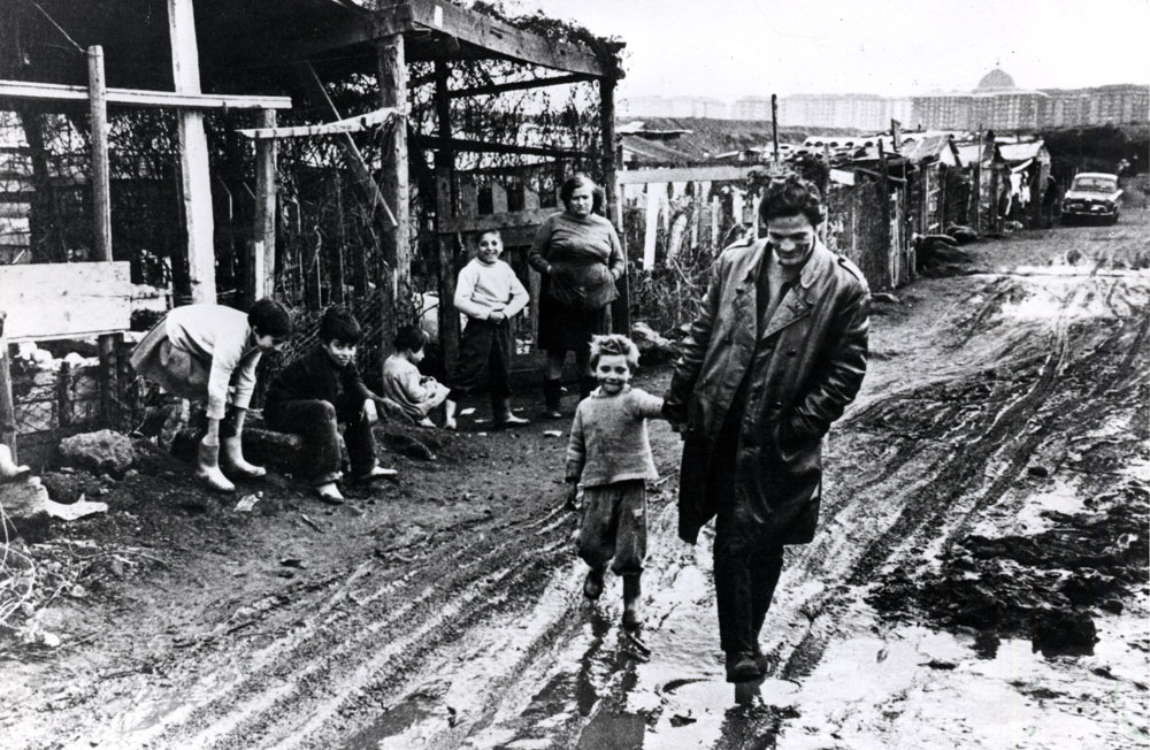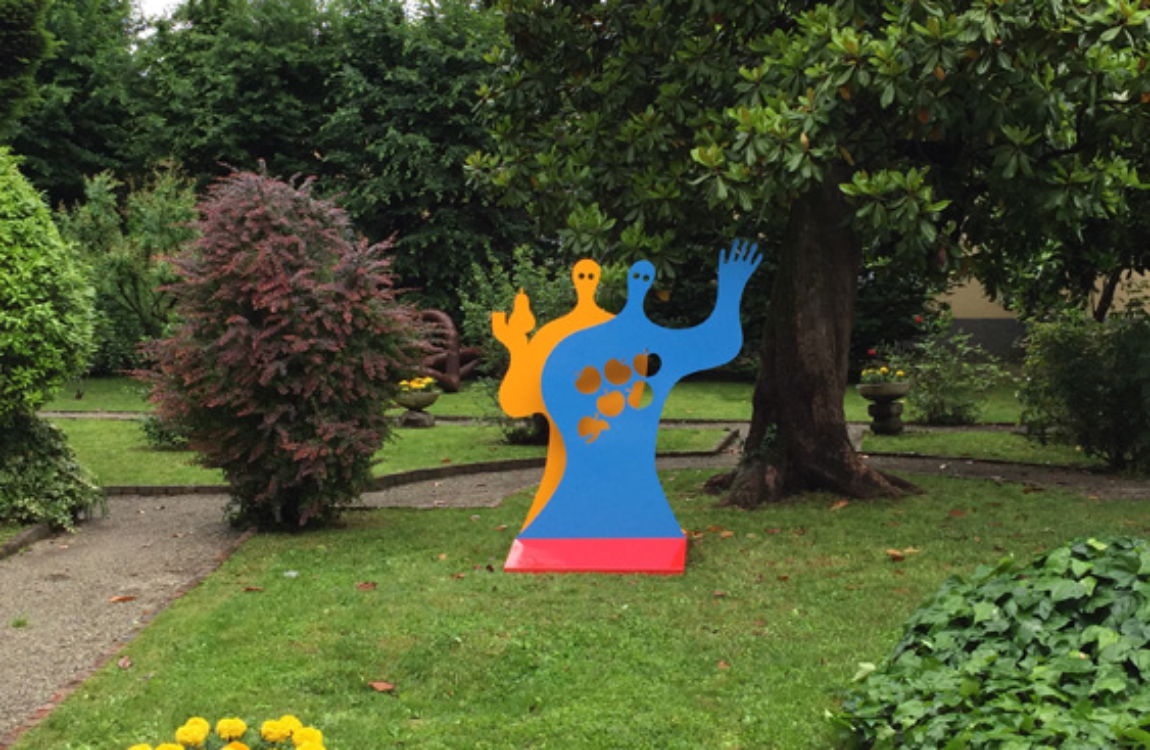Stanza 4
In the 1950s, during the golden age of Italian cabaret, Laura Betti (née Trombetti) stood out as a singular and unconventional artist, gaining a certain fame for the unmistakable hoarse timbre of her voice, for her shameless and nonconformist ways, for her bad temper and feline stride, which earned her the nickname “Giaguara” (female jaguar). Laura had opened her house in Via del Babuino to writers, poets and journalists: Pasolini also arrived there around 1958, “dragged along”, as Betti herself recalls, by Goffredo Parise. An increasingly frequent meeting between the two led to a lasting human and professional relationship. As Arbasino and Alberto Moravia had already done, Pasolini wrote several songs for her, defending her way of doing theatre, halfway between singing and acting, calling her the “most conscious and compromised” theatre artist. The director called on her five times to act in his films, in very different roles: from the haughty and snobbish young diva in La Ricotta (1963), to the heavy and lustful woman of Bath in I Racconti di Canterbury(1972).
The other ideal pole of Pasolini’s affections, in the same years, was Ninetto Davoli. A typical 15-year-old boy from the bourgeoisie, a carefree and reckless urchin, Ninetto had gone with some friends to look around on the set of La Ricotta. There, Pasolini noticed him and immediately made him his irreplaceable muse, the subject of a series of portraits, an inseparable friend, the recipient of his most beautiful poems and the actor chosen for ten films (from Il Vangelo secondo Matteo in 1964 to Il fiore delle mille e una notte in 1974). A glance at the drawings presented here, made with felt-tip pens, ink or coloured crayons, reveals the complexity of the relationship between the two and the different projections of Pasolini’s imagination on the figure of his Ninetto: a bit of an innocent child, a bit of a rough bourgeois, a bit of a tender lover.






































